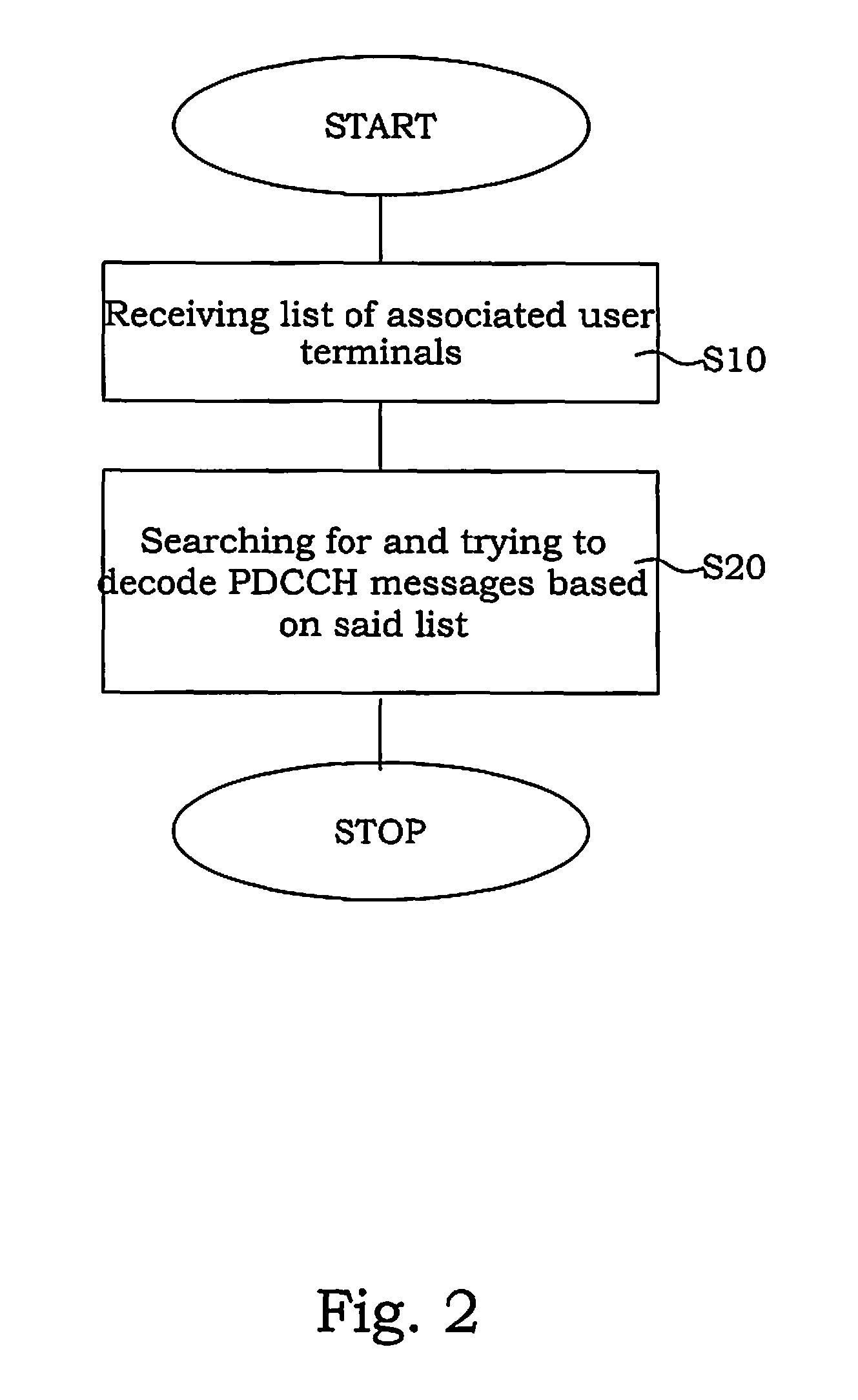Method and arrangement for repeater/relay control
a repeater/relay control and control method technology, applied in the field of improved relaying methods in telecommunication systems, can solve the problems of unavoidable delay, df relays, and use that cannot provide full benefit, and achieve the effect of improving relaying and reducing control signaling
- Summary
- Abstract
- Description
- Claims
- Application Information
AI Technical Summary
Benefits of technology
Problems solved by technology
Method used
Image
Examples
Embodiment Construction
[0039]The present invention will be described in the context of a LTE system; however, it is equally applicable to similar systems utilizing repeaters or repeater nodes.
[0040]To further illustrate the disadvantages of using AF repeaters, some additional problems will be described below. In addition, some specifics relating to control signaling in LTE will be described with relation to the problems solved by the present invention.
[0041]Solutions based on conventional repeaters, as they are described in the background have several shortcomings that need to be overcome to enable a more efficient use of repeaters in telecommunication systems, especially for LTE Advanced systems.
[0042]These disadvantages include:
[0043]Interference problems: For a given user some repeaters may contribute with more interference than signal. Typically, it is desirable to avoid moving the low SNR from the cell edge into the cell center when there is no active cell edge user.
[0044]Repeater cross-couplings may...
PUM
 Login to View More
Login to View More Abstract
Description
Claims
Application Information
 Login to View More
Login to View More - R&D
- Intellectual Property
- Life Sciences
- Materials
- Tech Scout
- Unparalleled Data Quality
- Higher Quality Content
- 60% Fewer Hallucinations
Browse by: Latest US Patents, China's latest patents, Technical Efficacy Thesaurus, Application Domain, Technology Topic, Popular Technical Reports.
© 2025 PatSnap. All rights reserved.Legal|Privacy policy|Modern Slavery Act Transparency Statement|Sitemap|About US| Contact US: help@patsnap.com



